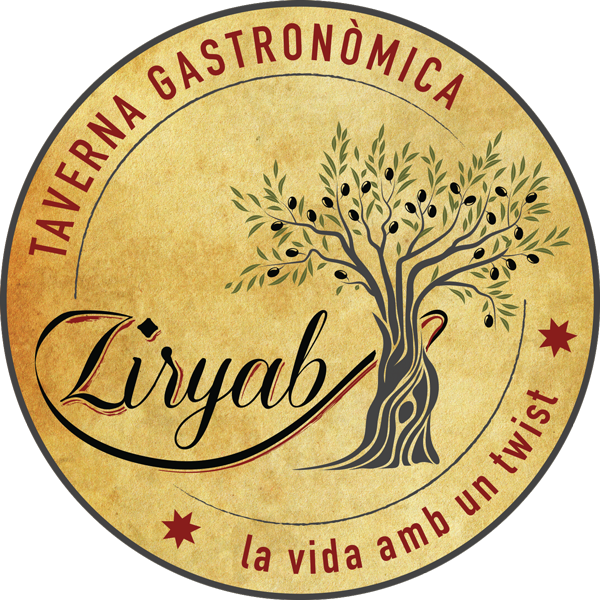It is commonly held that pizza—that iconic flat dough of bread baked with an assortment of toppings—and all other pizza-like foodstuff, originated in Italy. The famous all-around fare, as it turns out, is embodied in other cultures, as well, with variations in dough recipe and toppings, but still echoing the elemental simplicity of the form. Spain, for instance, has its own local version of the pizza served as part of a popular tapas in Barcelona, and other popular culinary hotspots in the country. Tapas are small appetizer delicacies—finger foods or canapes—some of which are best served hot, and others cold. As the LA Times’ Regina Schrambling notes:
“My host, a writer and obsessive cook recently back from Barcelona, Spain, had baked his rendition of coca – a dish he had found everywhere there: a flatbread with caramelized onions, red peppers, summer squash, and Spanish sausage. The dough, enriched with seriously good olive oil, had been too sticky to transfer to his pizza stone, though, so he had converted the coca into what he joked was a Catalan calzone with the topping folded inside. It wasn’t pretty, but it tasted fabulous.”
A coca flatbread strongly resembles a pizza slice, and is thus frequently described as the Catalonian form of Italian pizza, without the tomato or cheese. The Spanish coca is also cooked differently; it is not served oven-hot, but rather at room temperature.
Coca’s most common toppings range from simple ones like strips of red pepper and olives, to more varied or zesty types like the Coca de Recapte (which means anything available in the cupboard is thrown into the dough). At times, canned tuna or sardines in olive oil are added to vegetable toppings. Coca is enjoyed for its seasoning variations according to the local culture, and coques (plural form) are relished in their flavorsome best during fiestas and local celebrations.
Coca dough is baked in different ways. It’s often baked open and sometimes closed (folded over). It can also be sweet when enhanced by eggs and sugar, along with additional sweet toppings. Coca can also be savory; with bakers using only the best olive oil, along with topping pairs of vegetable and meat or fish. The almost inexhaustible topping variations contribute to the differences in distinctive flavors among coques baked from different Spanish regions.
While fairly easy to cook at home, an authentic tapas en Barcelona, including coques, are still best experienced on the homeland. Ziryab fusion wine and tapas bar offers ecological coca bread for you to try, toasted with olive oil, garlic and tomato and served alongside a Middle-eastern sister tapa. For people looking to see Barcelona and other scenic spots in Spain, unwinding at a local pub like Ziryab for its mouth-watering tapas, paired with the right cocktail, will put a memorable highlight to their visit.
(Source: Coca: It’s Spanish for Pizza, LA Times, January 23, 2008)


One thought on “The Coca Flatbread: A Popular, Pizza-like Tapas en Barcelona Delicacy”